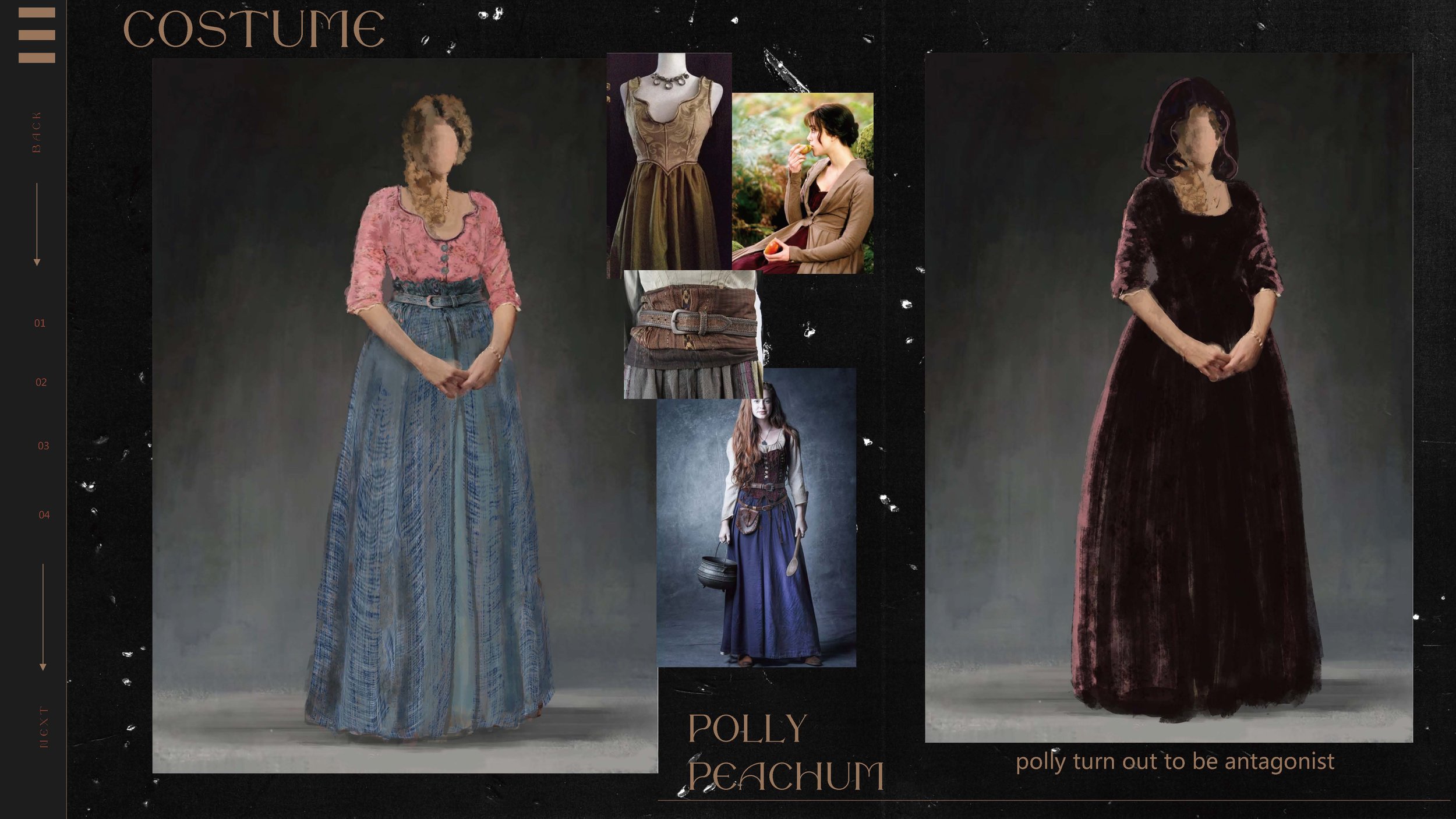Project 05: Dead Dog In A Suitcase
Opera isn't dead. In fact, it's alive and kicking off, thanks to Kneehigh's reimagining of John Gay's The Beggars Opera, which takes on the new and the riotous form of Dead Dog in a Suitcase (and other love songs).
Written by Carl Grose and directed by Mike Shepherd, this reproduction of Gay's gritty, crude creation explodes into the twenty-first century. While keeping the same general plot - a no-good lawbreaker marries a wholesome girl, but his past catches up with him - it adds in some extra surprises, new characters, and a few puerile jokes along the way.
From the very beginning, we are taken on a joyride of betrayal, bribery, and scandal. Mayor Goodman (and his dog) is dead, and contract killer Macheath is dodging the same fate while charming his way into a few too many hearts.
The Beggar's Opera was written as a social commentary exposing the lower classes and commoners and their devilish deeds. This narrative has been transformed with modern-day twists: the self-made man and his wife who climb higher than they probably deserve; the police officer whose own flesh and blood is a little less than law-abiding; the ladies of the night who are privy to the secrets of the upper classes; family secrets in every home. It covers politics, death, and the state of the world in which we live, and yet it still manages to make us laugh.
The story happens in a run-down town, so I looked up a lot of images of run-down factories and towns for reference. I wanted to show a dirty, run-down, open space which is even in an unfinished state, similar to a renovation work in progress, and this space has the feeling of being empty.
In our opinion, there should be a big red curtain between the stage and the audience, which will deliver vintage and traditional feeling. The curtain will be like the curtain in front of the Punch and Judy stage. With that, the audience can clearly realise that they are also the audience watching this farce in the play. We think the audience should also be a part of the entire play and they will interact with the performers, so the seats will be upholstered in red which will echo the red curtain so that the audience and the actors are seemingly in the same space.
For the make-up part, the main reference is the element of clowns and puppets, to show a grotesque style. Everyone looks like they are wearing a mask. I feel that all the people in the script are kind of evil, even the seemingly good ones, who are eventually constructed by the society to be somewhat complicated. In this design, the characters have a kind of double face through wearing masks. The clowns always give me the impression that they have thick foundation on their faces and a smiling mouth with red lips, they look happy, but in fact their inner world, their mental status could be way different. This is why I chose the clown as an important element in my design.
there will be a lot of puppets on stage. For the ghost of the dog in the last scene, my idea is to make a giant puppet like the one on the left-handed side of the slide. People stand underneath and manipulate the puppets to give the impression of a giant shadow.
Also the monkeys are puppets and most importantly punch and judy are also puppets
About character design, we don't want to limit ourselves to a specific era, and we want to incorporate a fantastical, gothic style, similar to the costumes within the fantasy films directed by Tim Burton into the design. I used bright colours and incorporated some clown and puppet elements. Although the use of exaggerated make-up and costumes is a bit of like a spoof, everything that happens in it is still based on our lives, based on the world we exist.



































